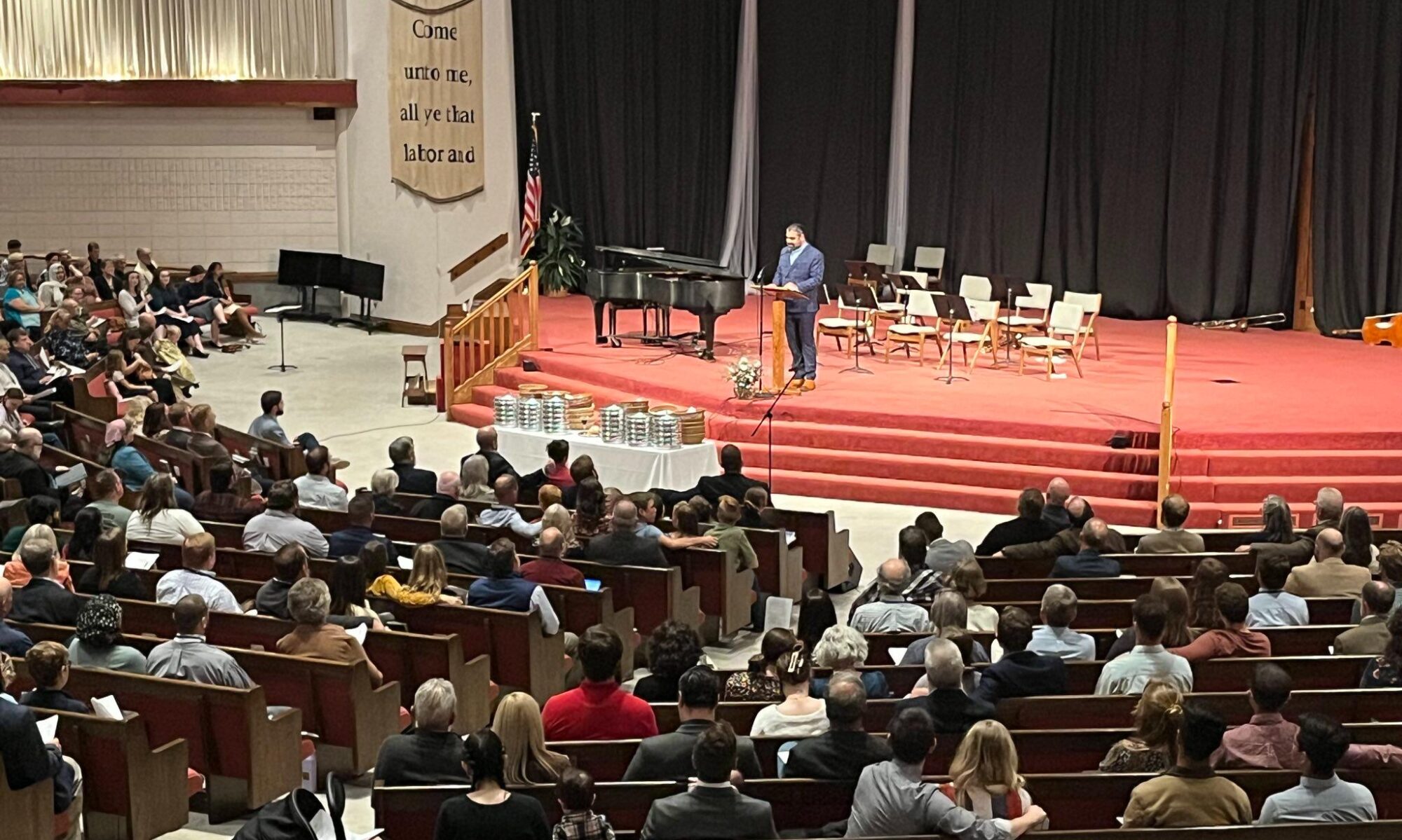In his Chrysostom paper, Khristian Trotter, a young parishioner at Providence Church, tackled the dating of Revelation. Here is his excellent introduction to the discussion:
Hello, my name is Khristian Trotter and I would like to thank you for giving me your time today. Over the course of this year I have become intrigued with the question of the date of the writing of the Revelation of John, and how a certain view can possibly explain many of the mysteries found in the book. I have studied the general aspects of Revelation in my readings of two famous commentaries: The Revelation of John by J.P.M. Sweet and Revelation by J. Massyngberde Ford. These books were quite helpful, but the source from which I was best informed on the question of dating is Kenneth L. Gentry’s, Before Jerusalem Fell. This is a topic that is has been highly debated for hundreds of years and audiences like us, that are not properly informed, often assume the “late” date, which sees Revelation as being written soon after the destruction of Jerusalem, because it is the belief of the majority of scholars. However a majority should not be quickly accepted without an argument that challenges it, and I would like to do that today. I would like to argue that the book of Revelation was completely composed before A.D. 70, the destruction of Jerusalem.
The importance of the date of Revelation’s composition is an indisputable fact that is vital to any person attempting to understand the book. For example, if the early date was understood, and the destruction of Jerusalem was in the approaching future, then a host of the particular allusions likely refer to that city’s fall. However, if it was written after Jerusalem’s destruction, an entirely different understanding of the prophecies must be taken. These allusions would have then been predicting entirely different events than the “early” date, thus giving a completely different meaning to the text of Revelation. The debates that occur on this important subject fall into two general classes, as I have stated above: “late” (c.A.D. 95) and “early” (pre-A.D. 70, usually thought to be between A.D. 64 and A.D. 70). “Late” date advocates have traditionally found most of their defenses within external evidences, which primarily include the works of church fathers. Most convincing of these fathers are the men who lived very near to the time periods speculated. Closest to this time and thus perhaps the most influential for the “late” date advocates was Irenaeus, Bishop of Lyons who lived nearly a century after Jerusalem’s destruction. Other external evidences include Clement of Alexandria, the work known as The Shepherd of Hermas, Papias of Hierapolis, Tertullion, Origen, and countless others. In contrary, much of “early” date advocates’ defenses have been found in internal evidence within the text of Revelation itself. Whether one is stronger than the other, I will leave for you to decide, but I hope that I have given you an unbiased look into the two sides of the argument at hand. Continue reading “The Dating of Revelation by Khristian Trotter”
